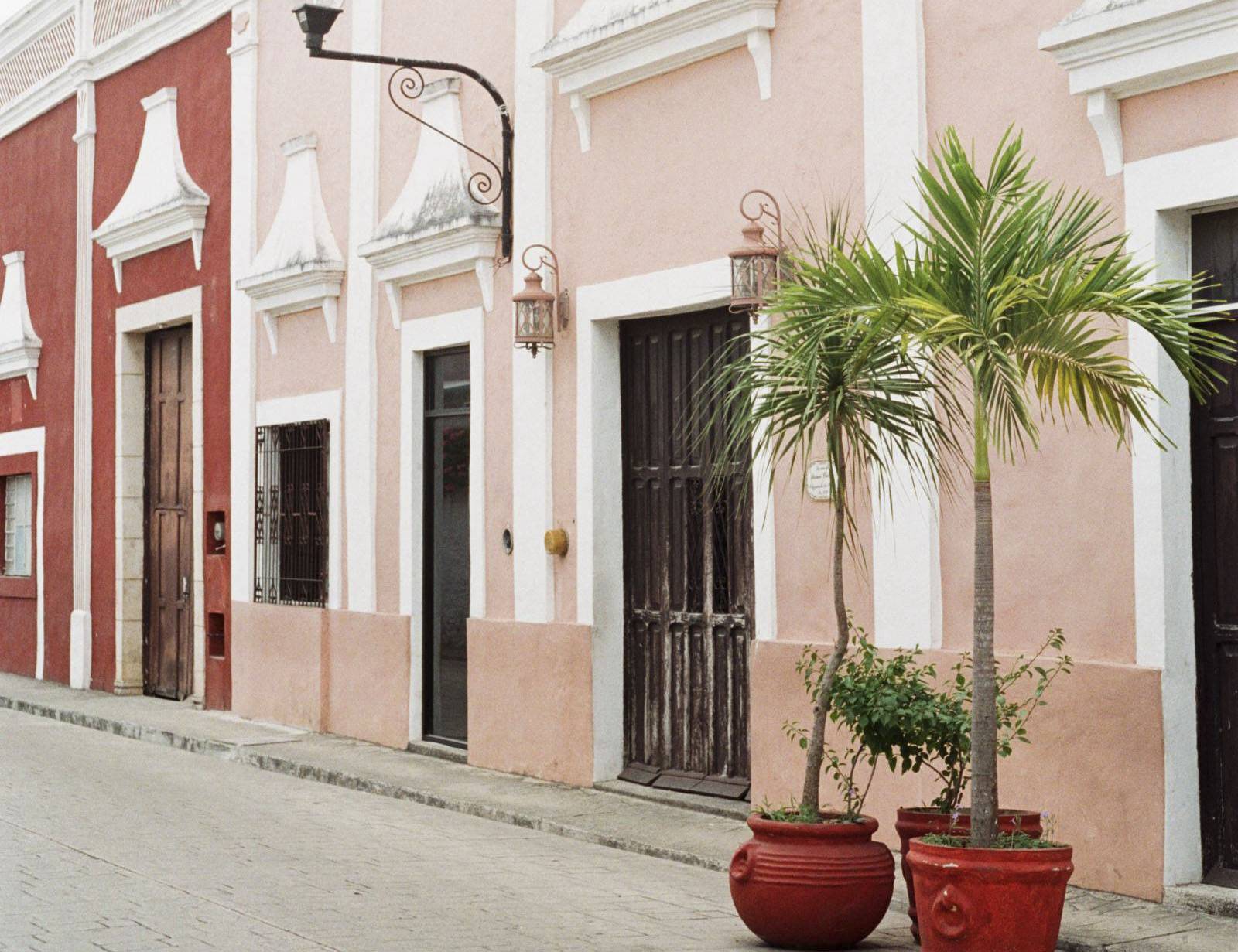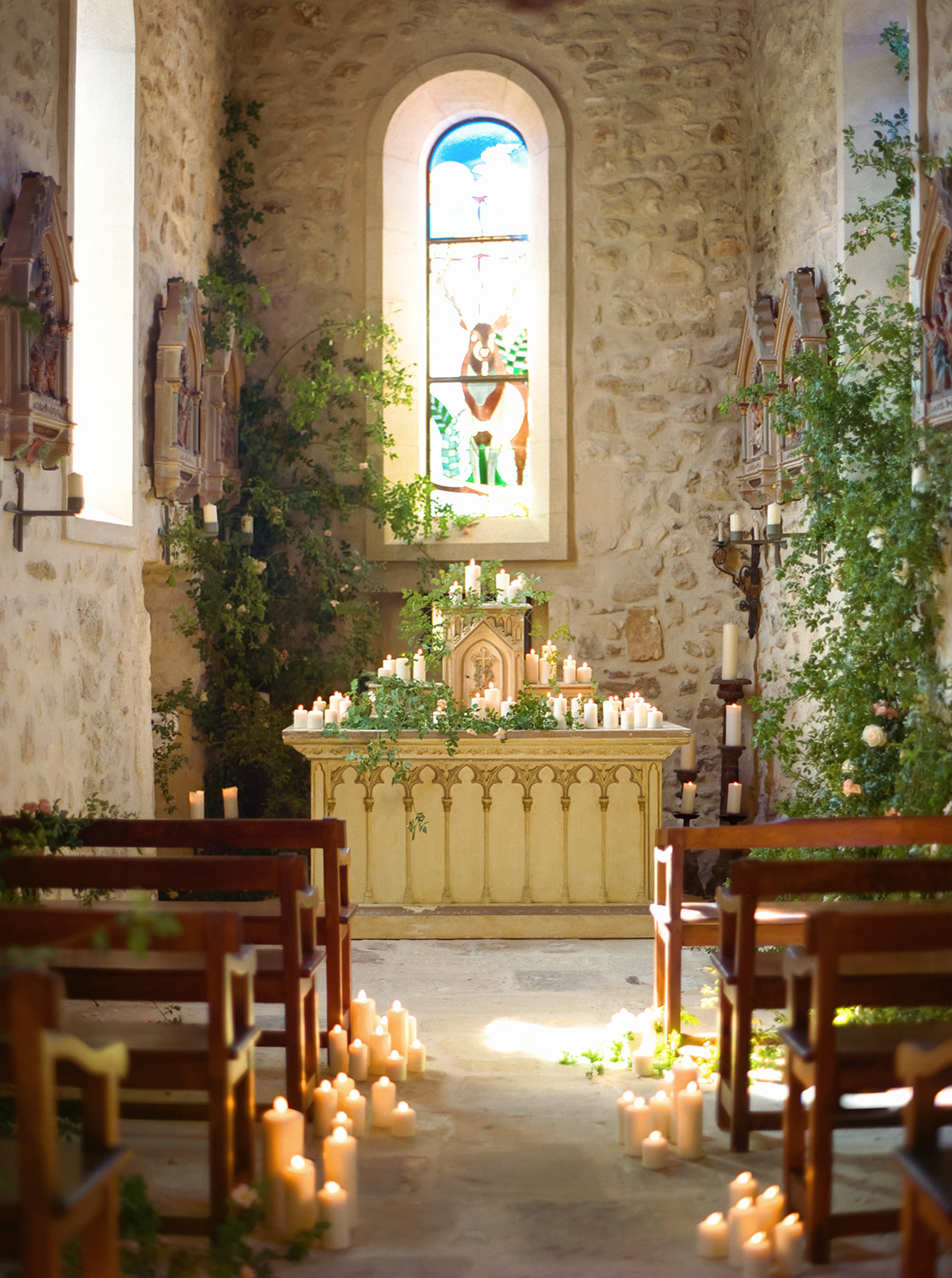The Yucatan is a part of the world I've yet to the spend any time in but as these beautiful images by JESS LEIGH show, it's one that should be added to my ever-expanding list. I'll hand you over to Jess who takes us on a journey through the heart of this part of Mexico.
"This is a collection of film images taken on a trip through some areas of the Yucatan Peninsula in Mexico. Most tourists who think of this area only know Cancun, Tulum and the resorts, but there is so much more to the Yucatan. This gorgeous area of Mexico is lucky kept off the radar of most traveling nearby. Since I'm based in Mexico, on the other side of the country, I decided I wanted to explore a few cities I'd heard good things about in the Yucatan. Our first stop was Merida. Merida is the capital city of the Yucatan state. Merida is a colonial city that dates back much further than its Spanish settlers. It a major centre for Mayan history and cultural, like the rest of the state. On this trip, I wanted to explore more of the colonial influences to the area rather than the Mayan ruins that I have visited before. Merida's history centres around the Plaza de la Independencia and the Merida Cathedral (both pictured). Many of the buildings built by the Spanish used stones from ancient Mayan temples and Merida itself is built on top of an ancient Mayan city. The 19th and 20th centuries the area grew in wealth and status because of the production of henequén, from the agave plant. During this time mansions (pictured) were built in the city centre and people from around the world began to settle and profit in this area. Today, Merida is a bustling city with a large food and arts scene and is growing in popularity with expats retiring to the area.
Just outside of Merida, I visited the incredible Hacienda Yaxcopoil. This hacienda is one of the few in this area to be restored to its former glory. Most haciendas in the Yucatan have been purchased and renovated into boutique hotels. Hacienda Yaxcopoil is like stepping back in time. On this hot June day, we had the place all to ourselves! The hacienda and plantation date back to the 17th century. It was once one of the largest plantations in the area covering over 22,000 acres. The property we visited was only a tiny percentage of the original size. We were told Yaxcopoil means "the place of the green Alamo trees" in Mayan and is named so because of a Mayan site near by. There were remnants of Mayan ruins on the property as well. We toured the main house which had been restored to its 19th century glory with furnishing and antiques as well as the grounds of what was left of the machine rooms and workings of the former plantation. Pictured here are the main house and inner courtyard, the front lawn with it's Alamo tree and Morrish arch, the casa de maquina or machine house- used during the time it was a henequen plantation and the plantation's cathedral.
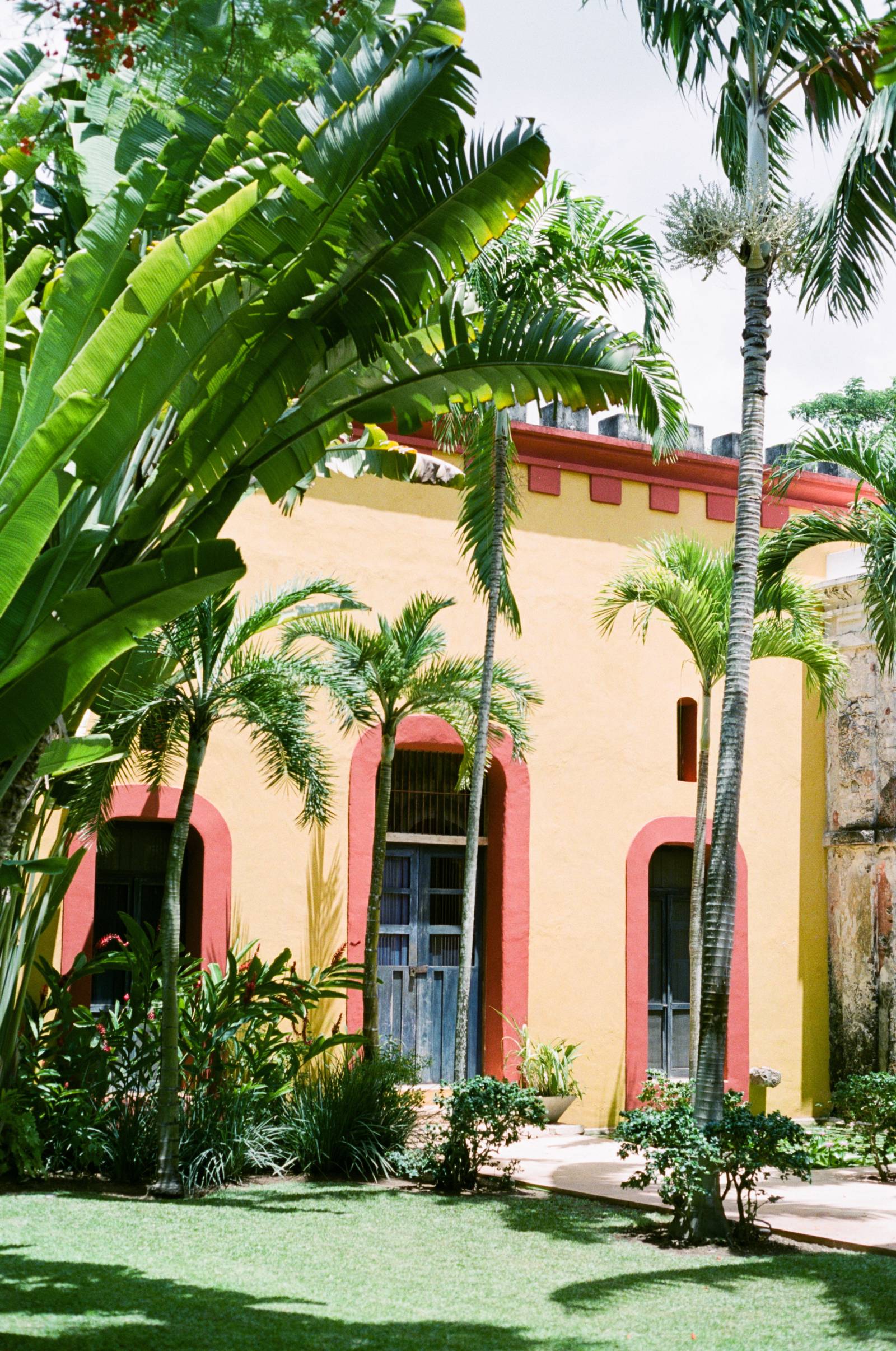
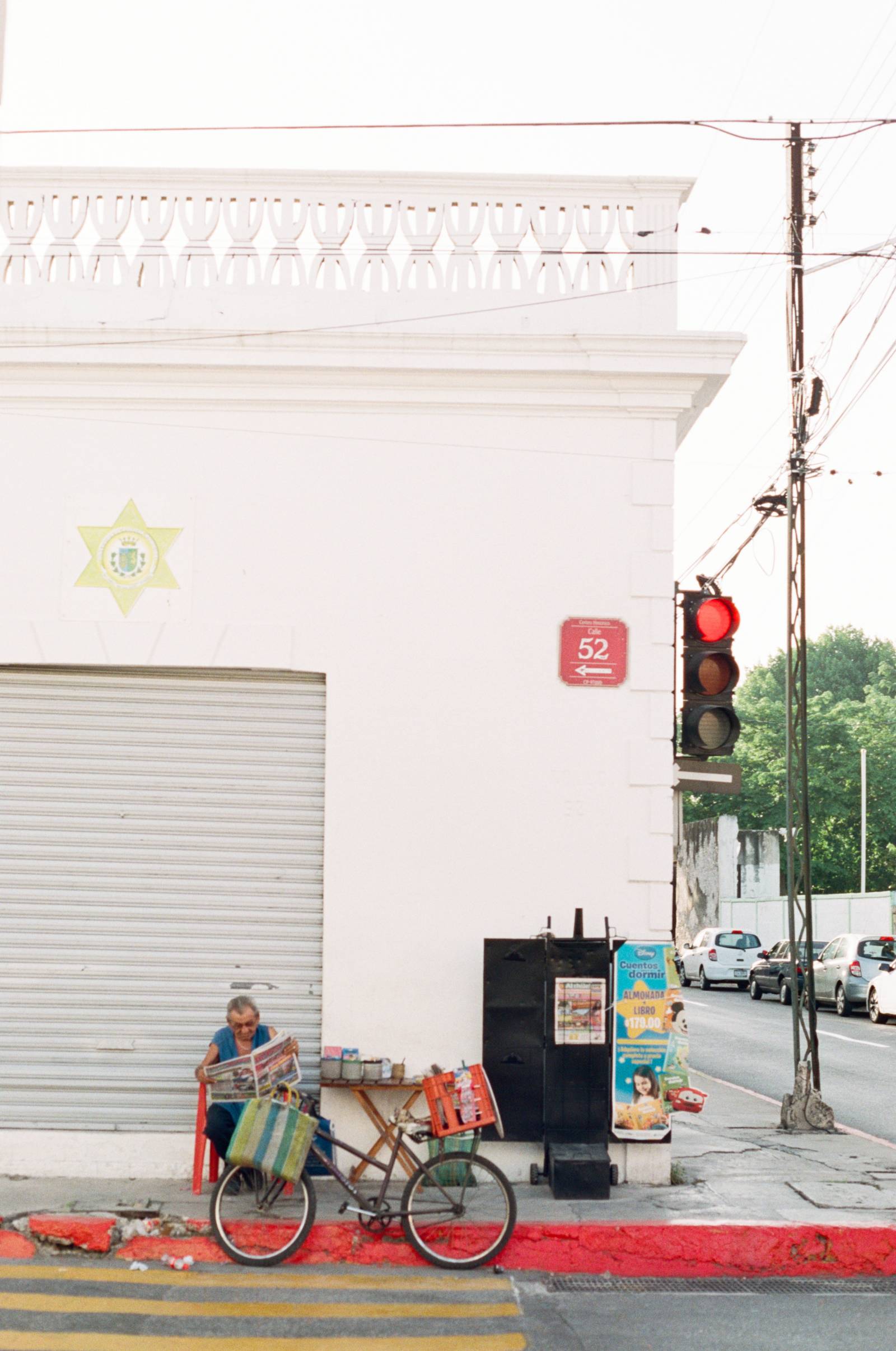
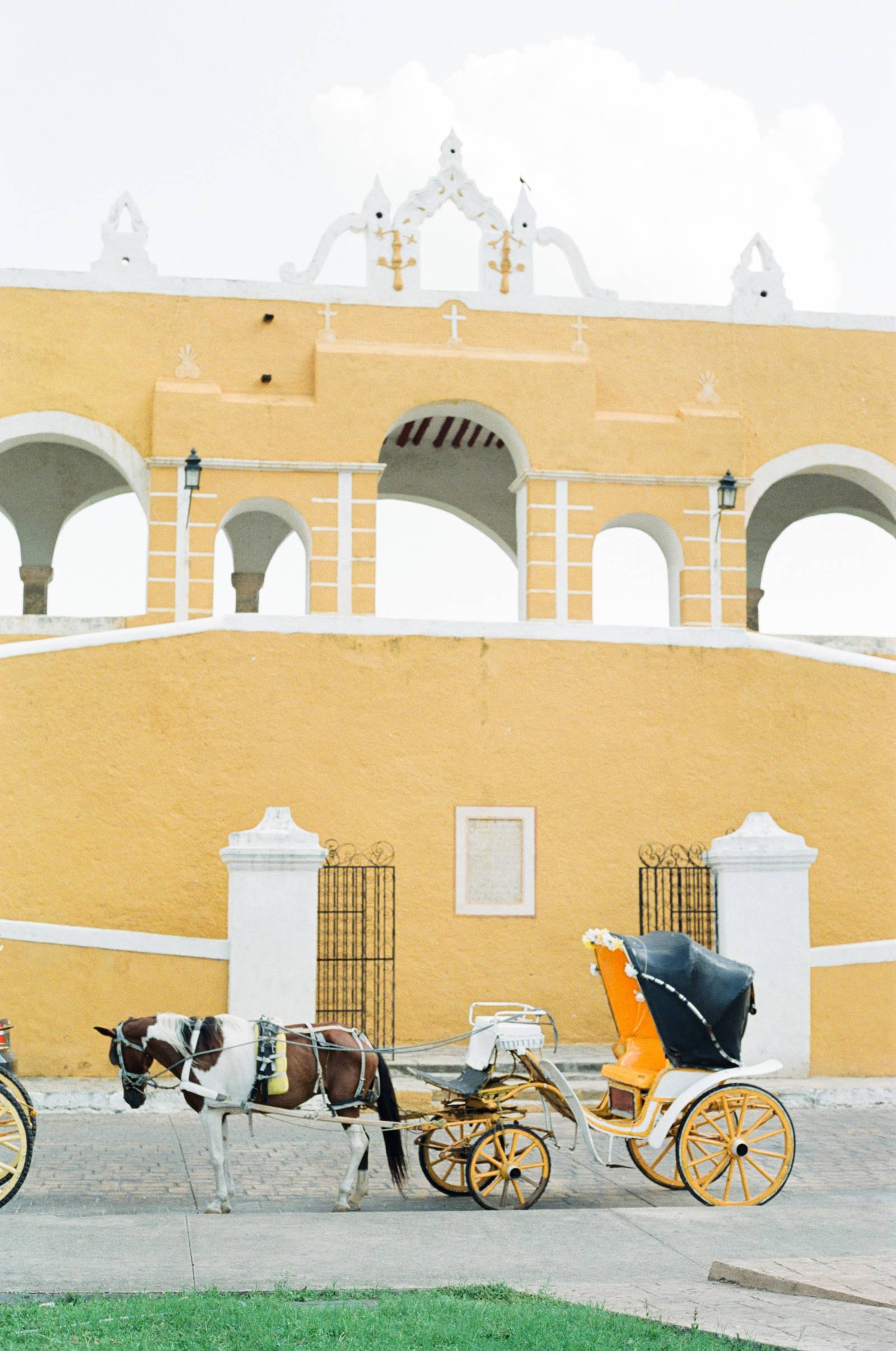

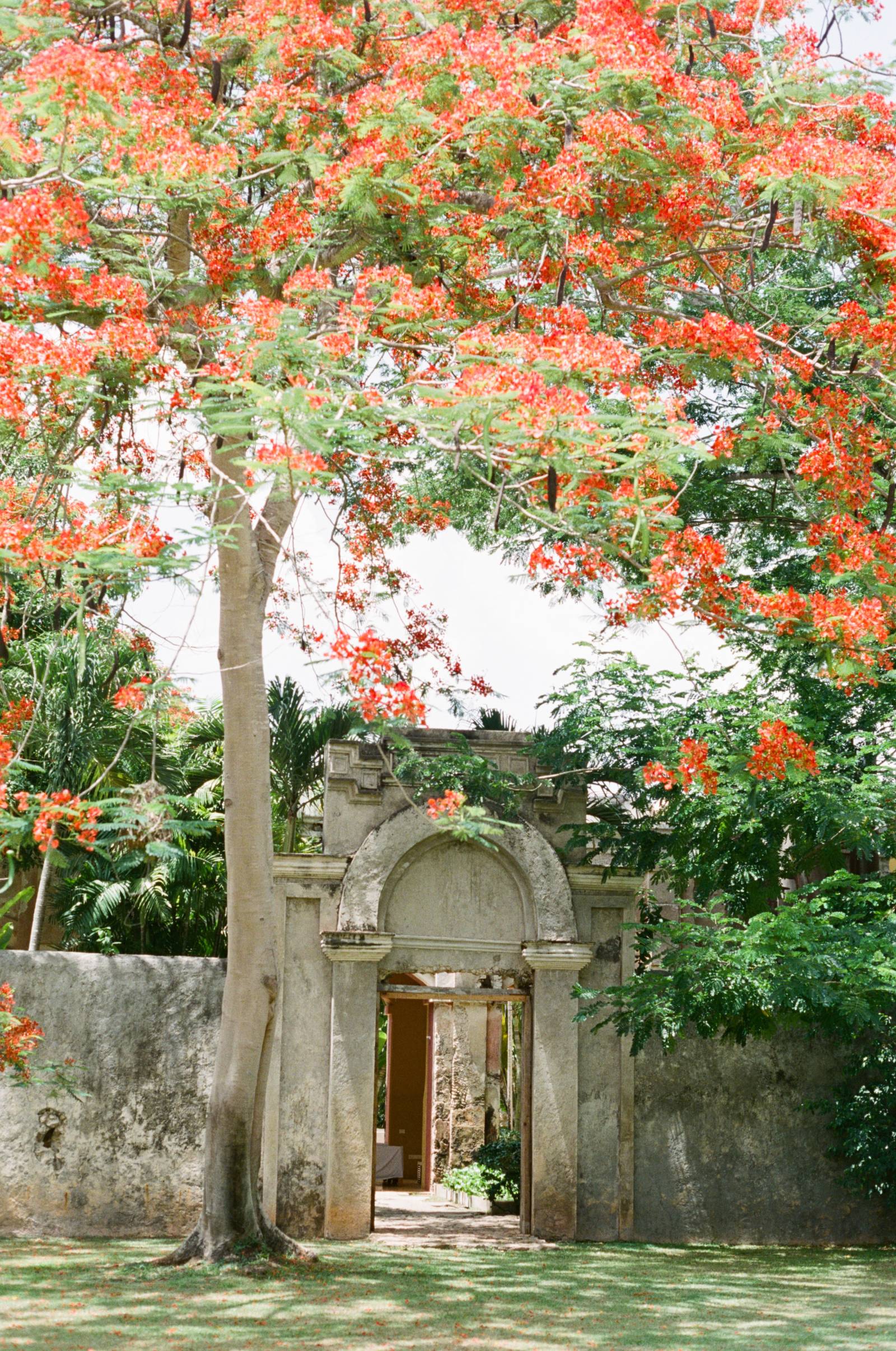
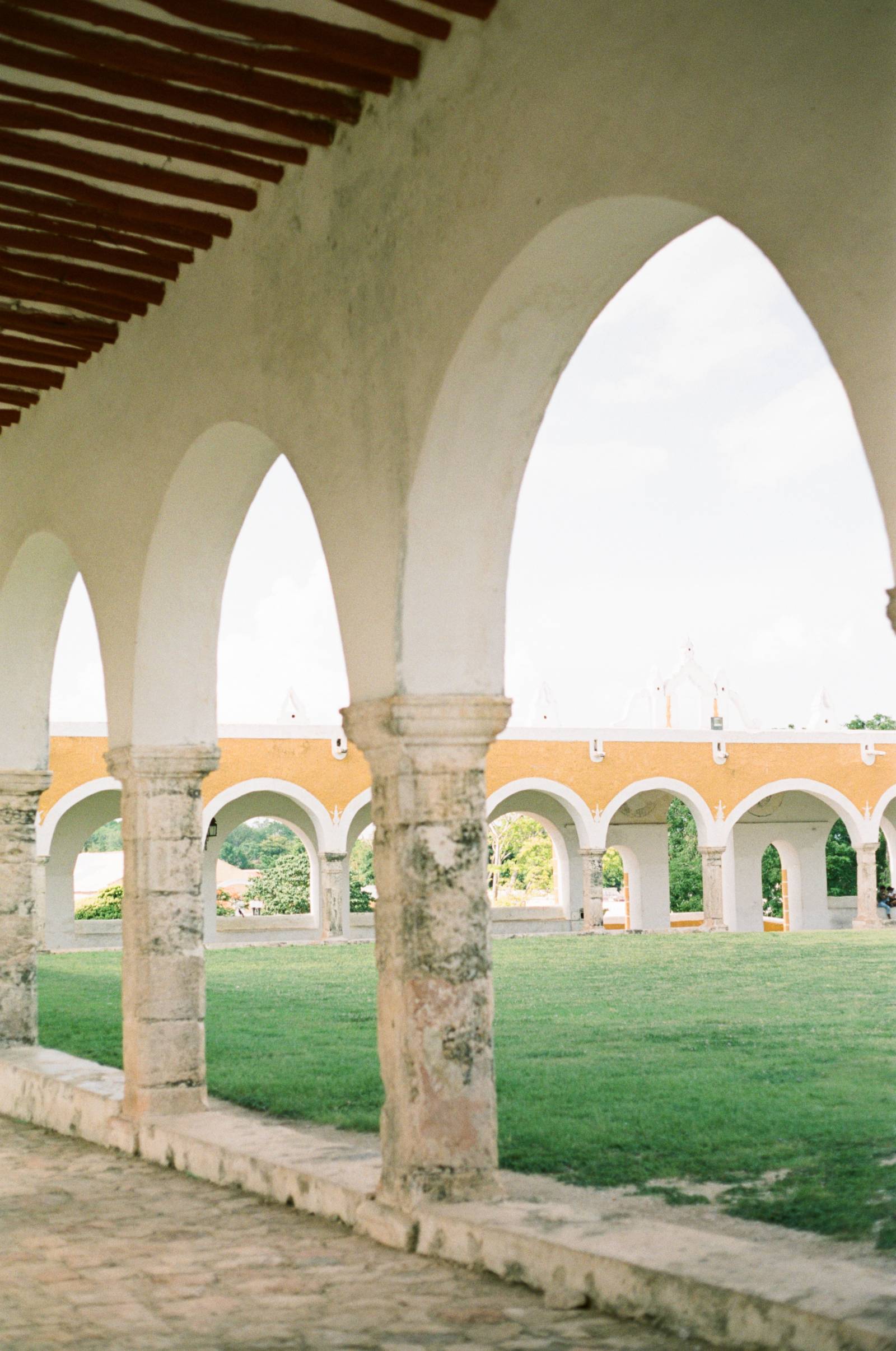
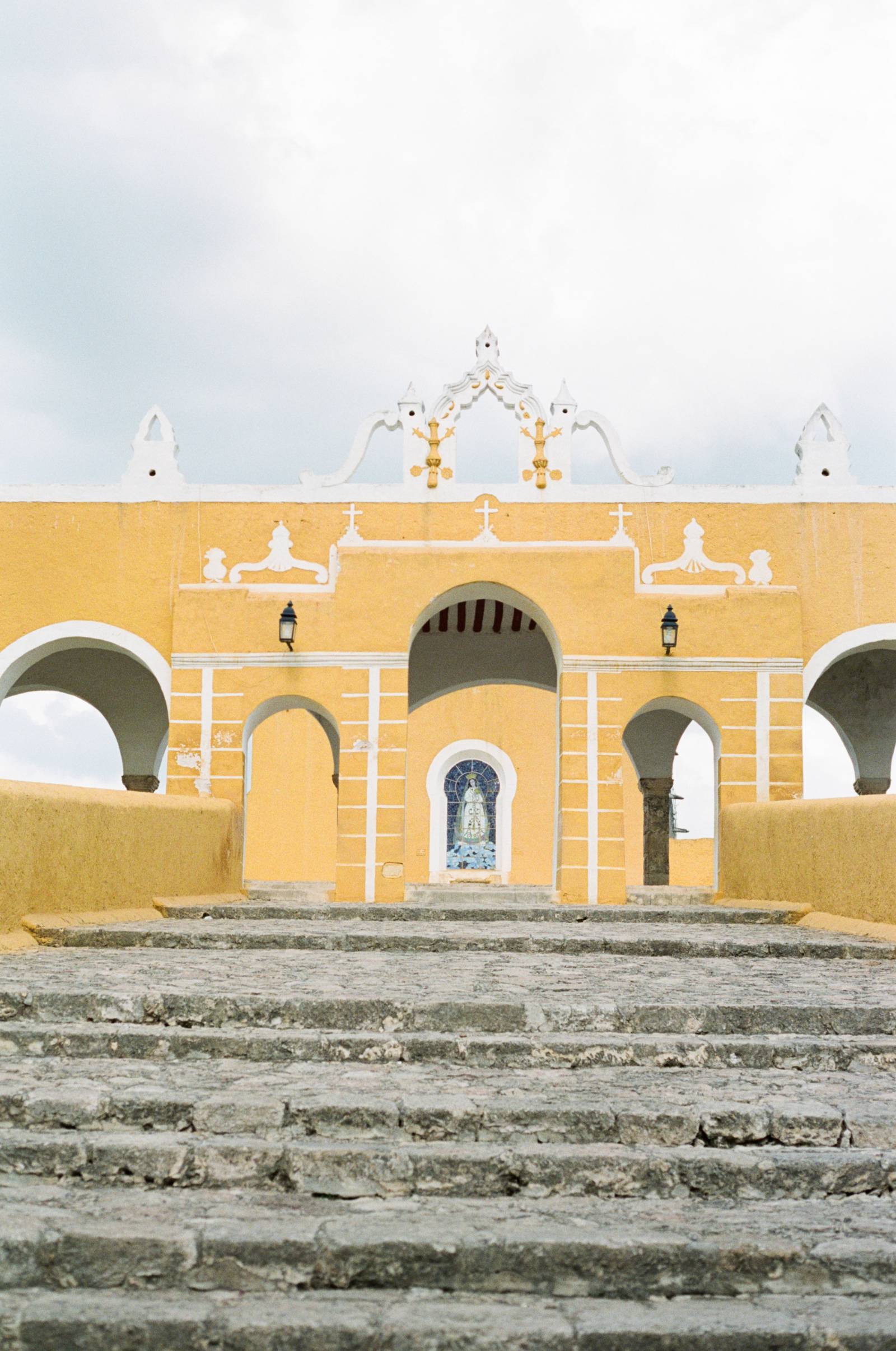
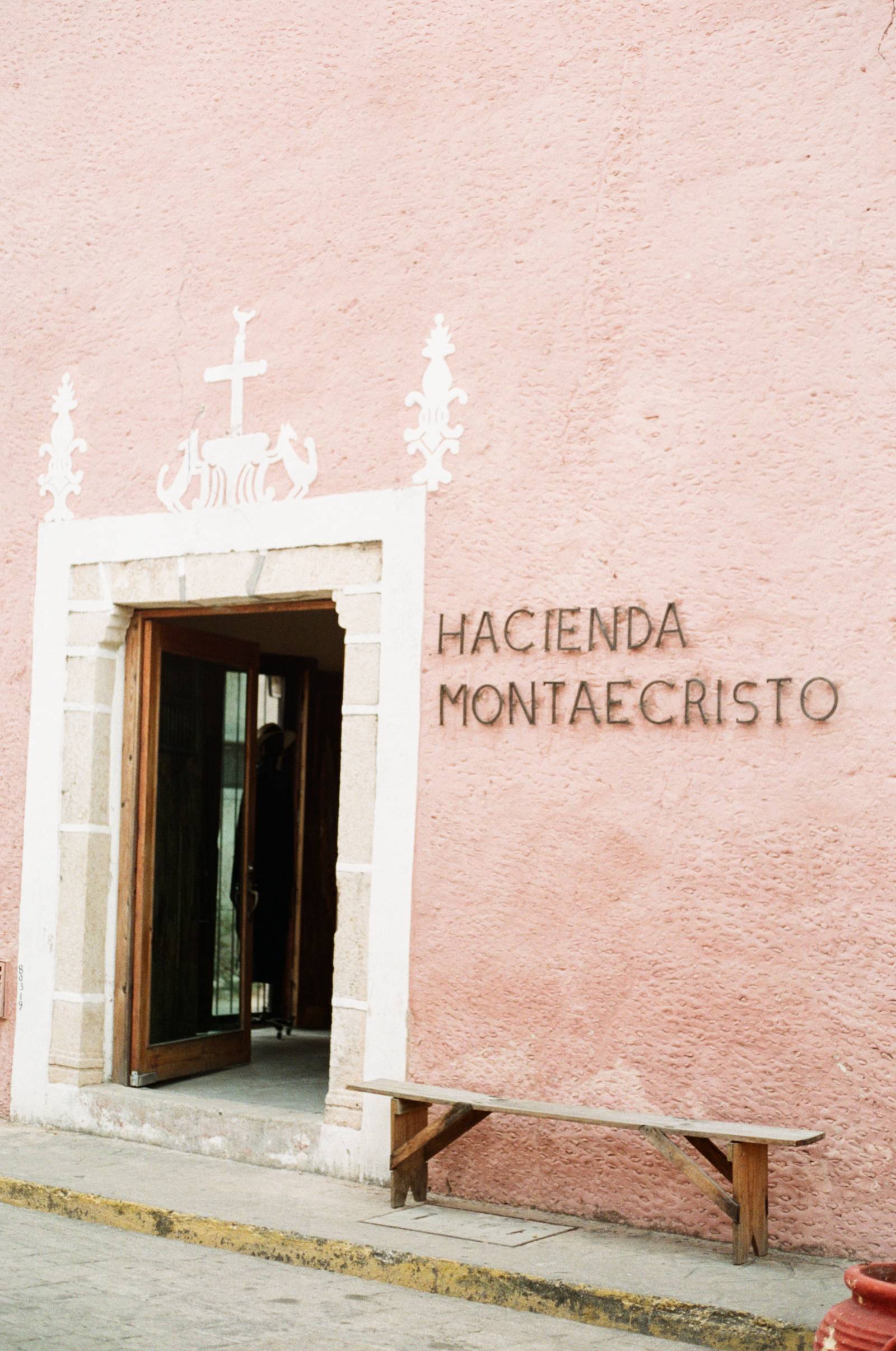
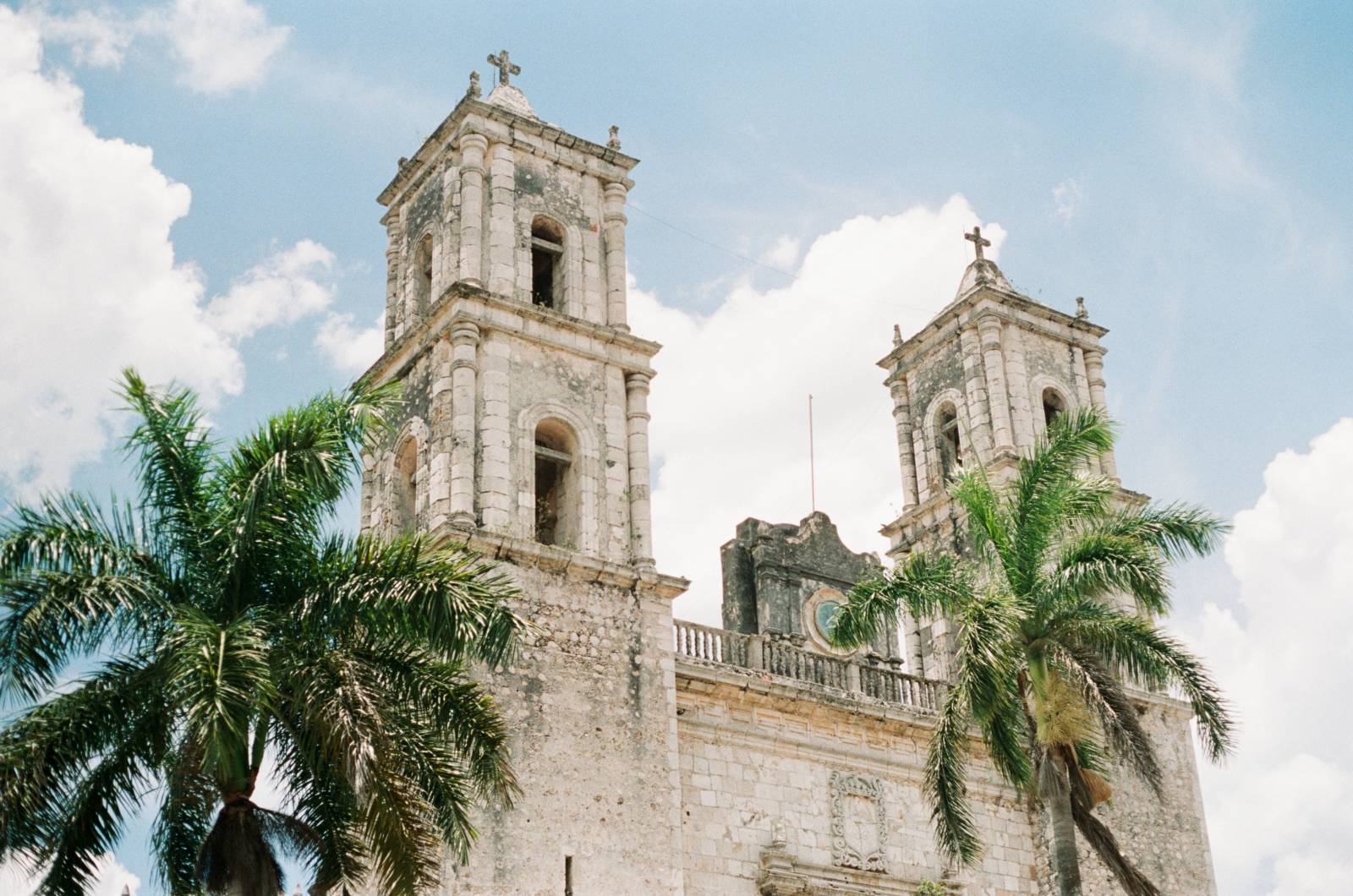
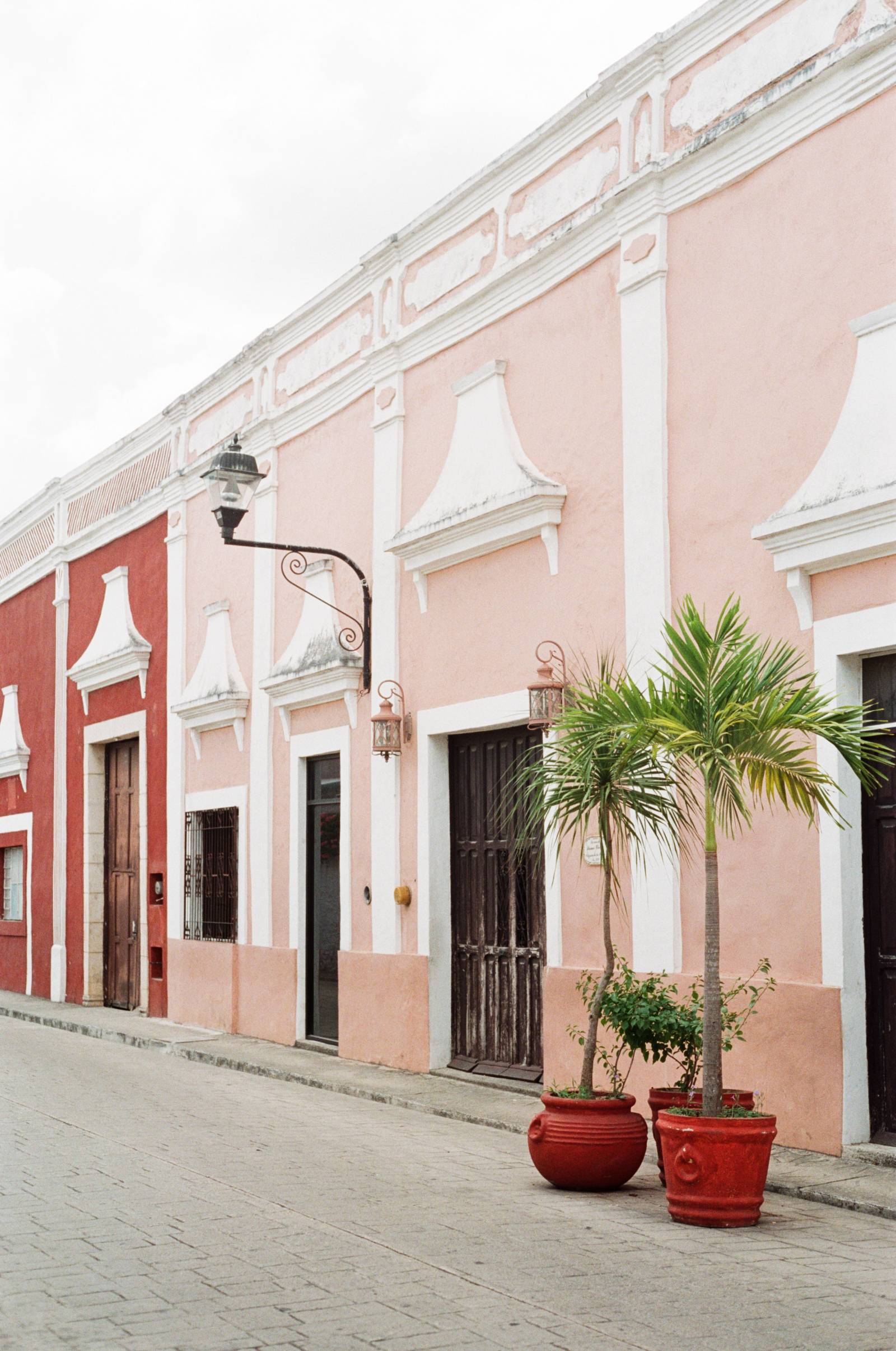

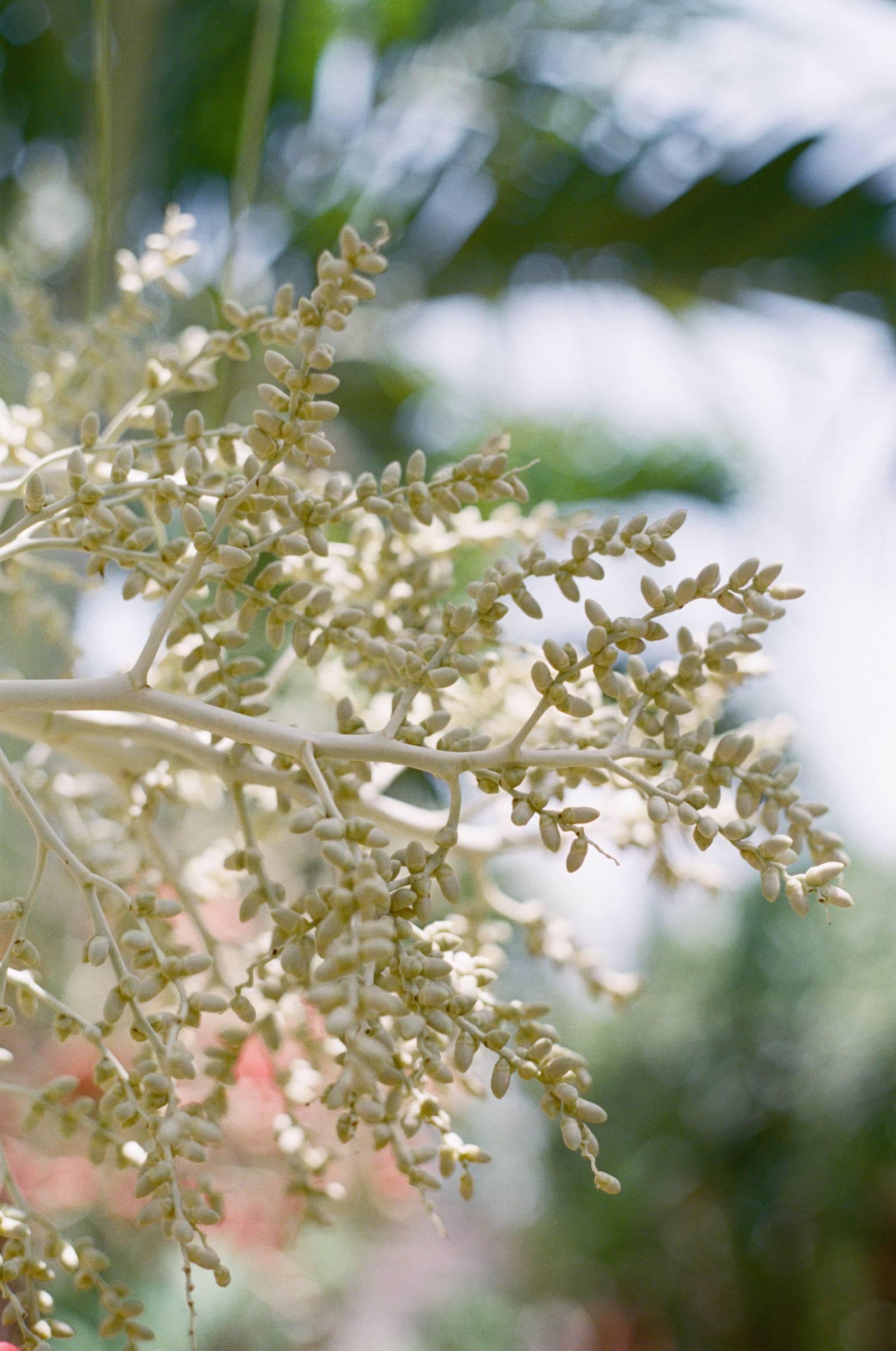
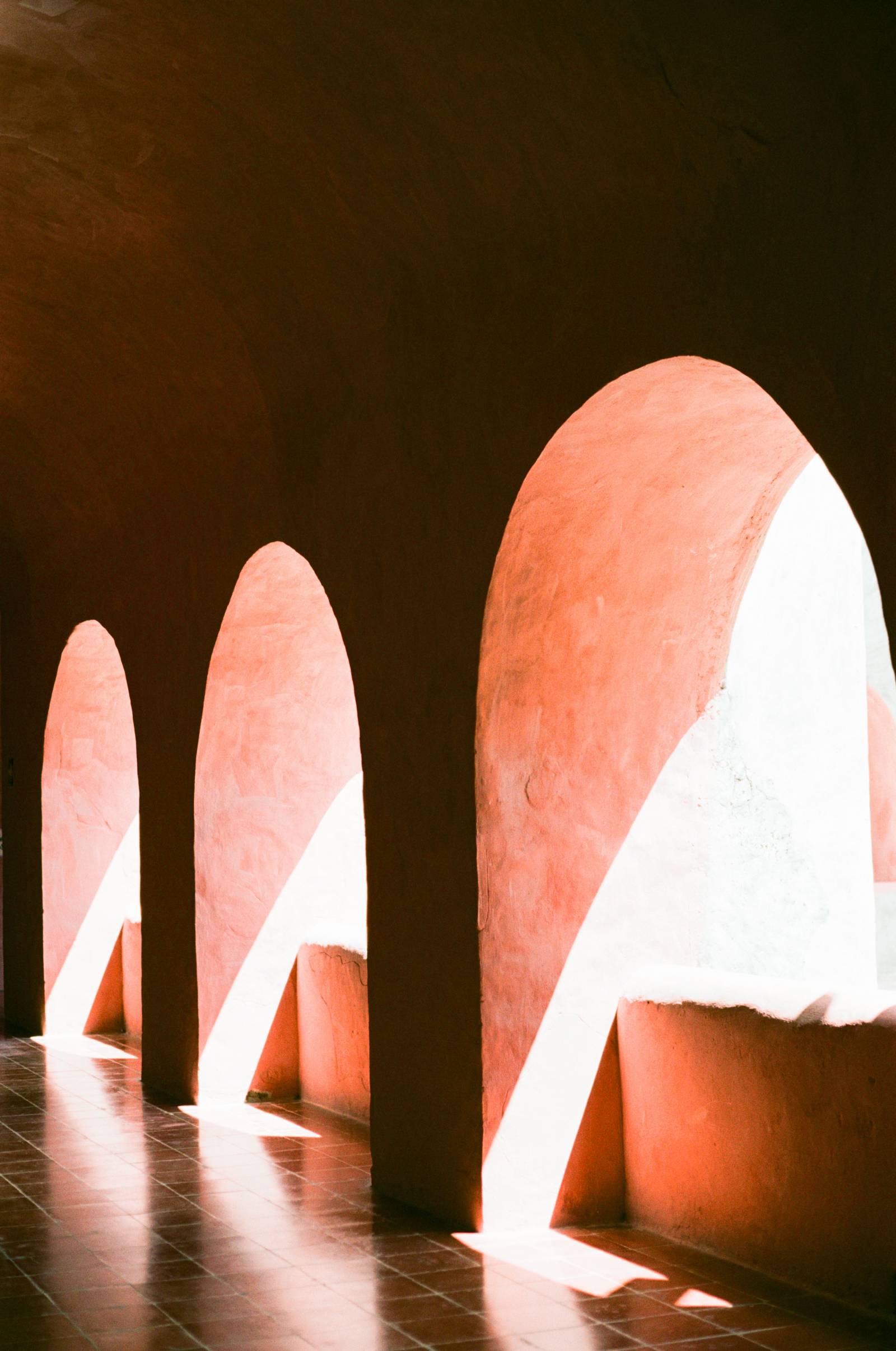
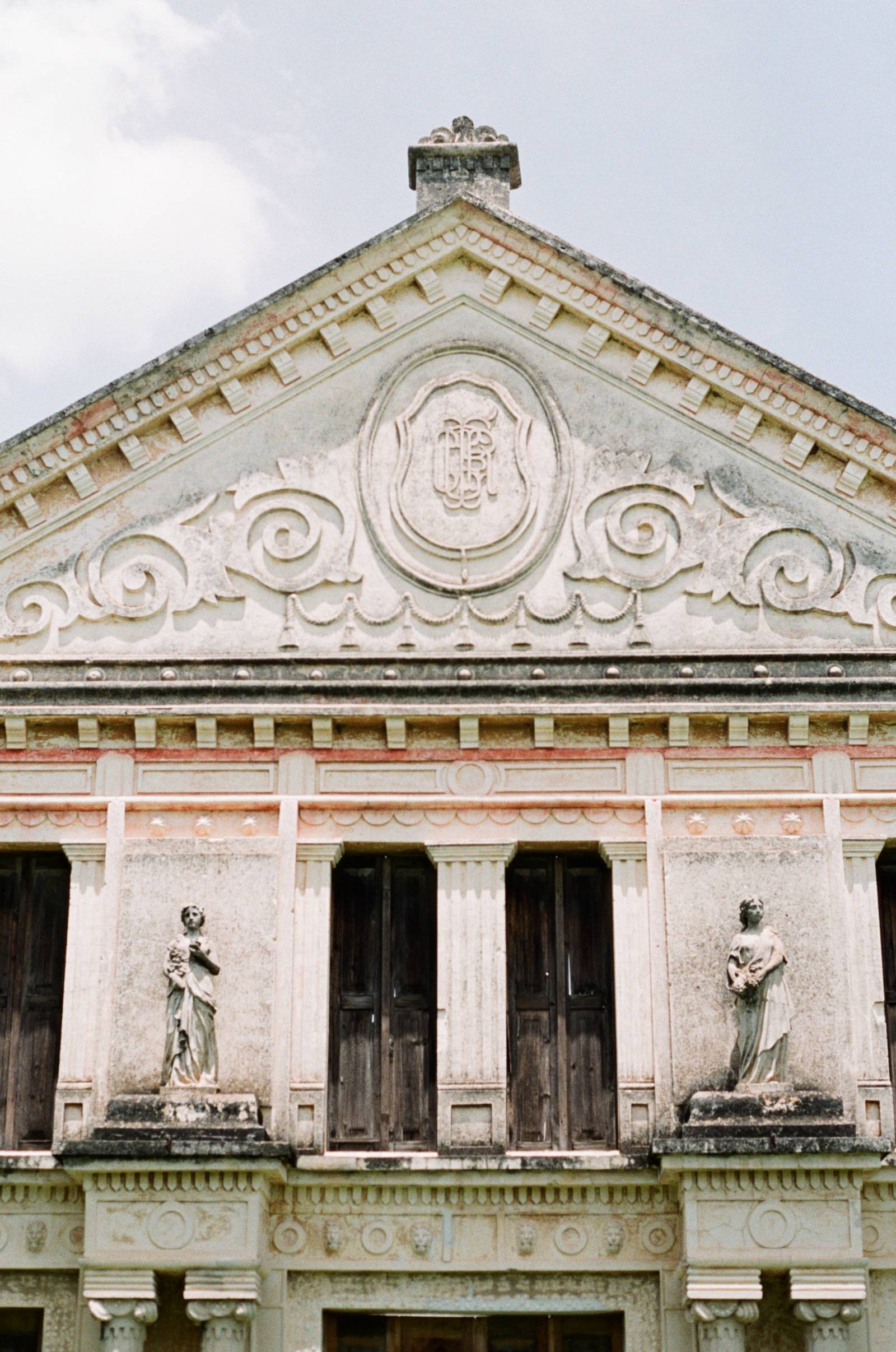
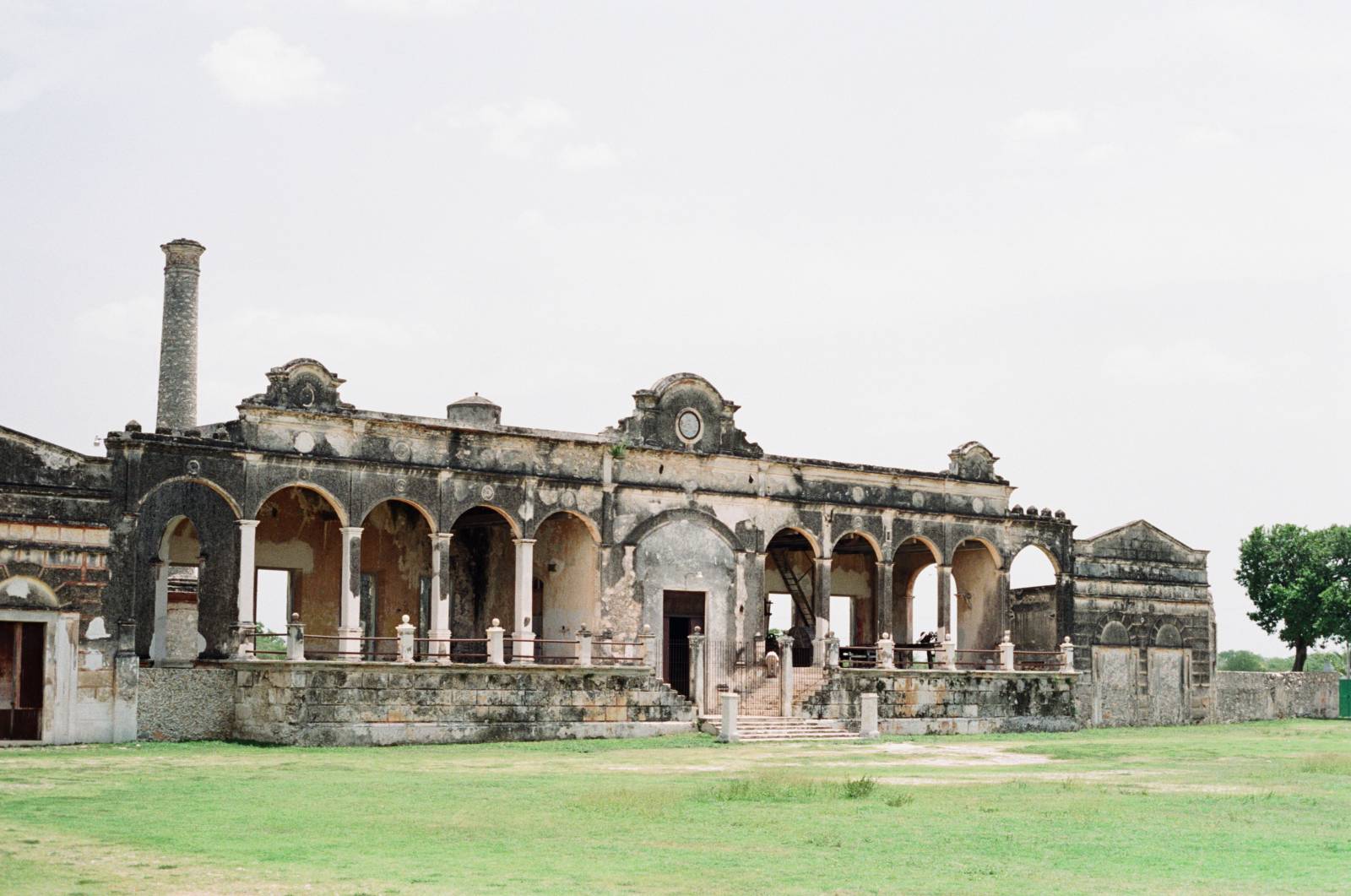
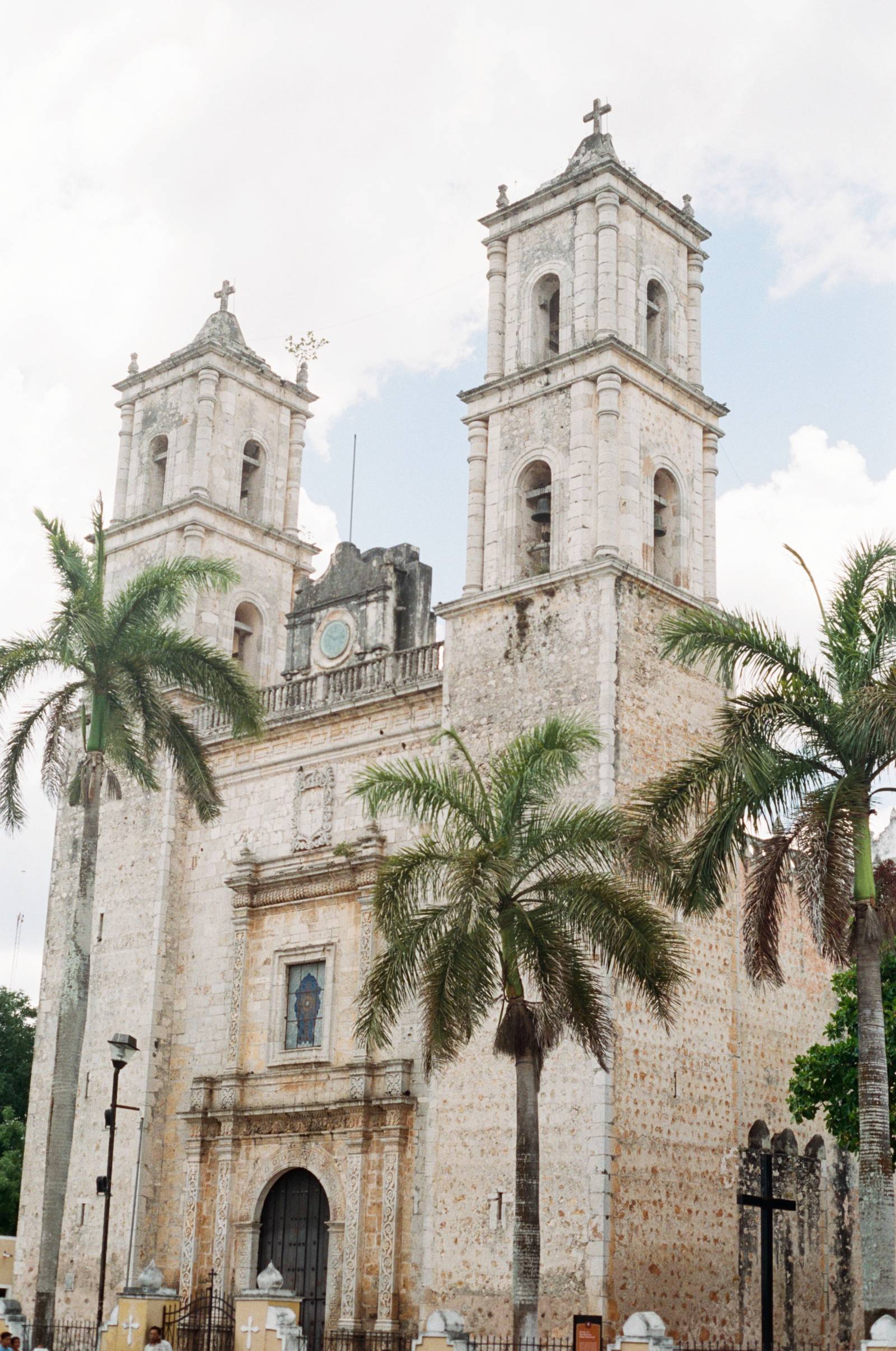

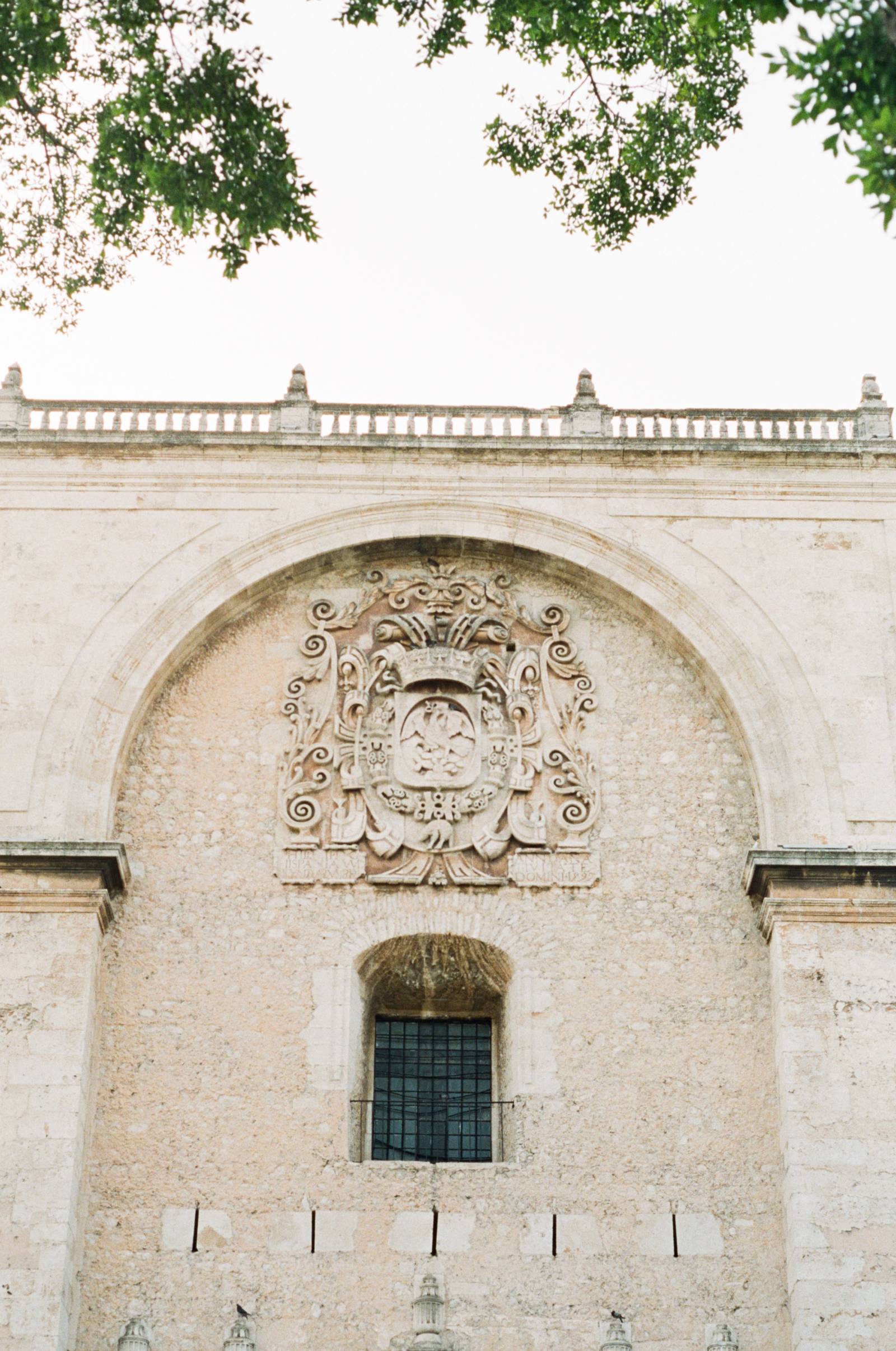
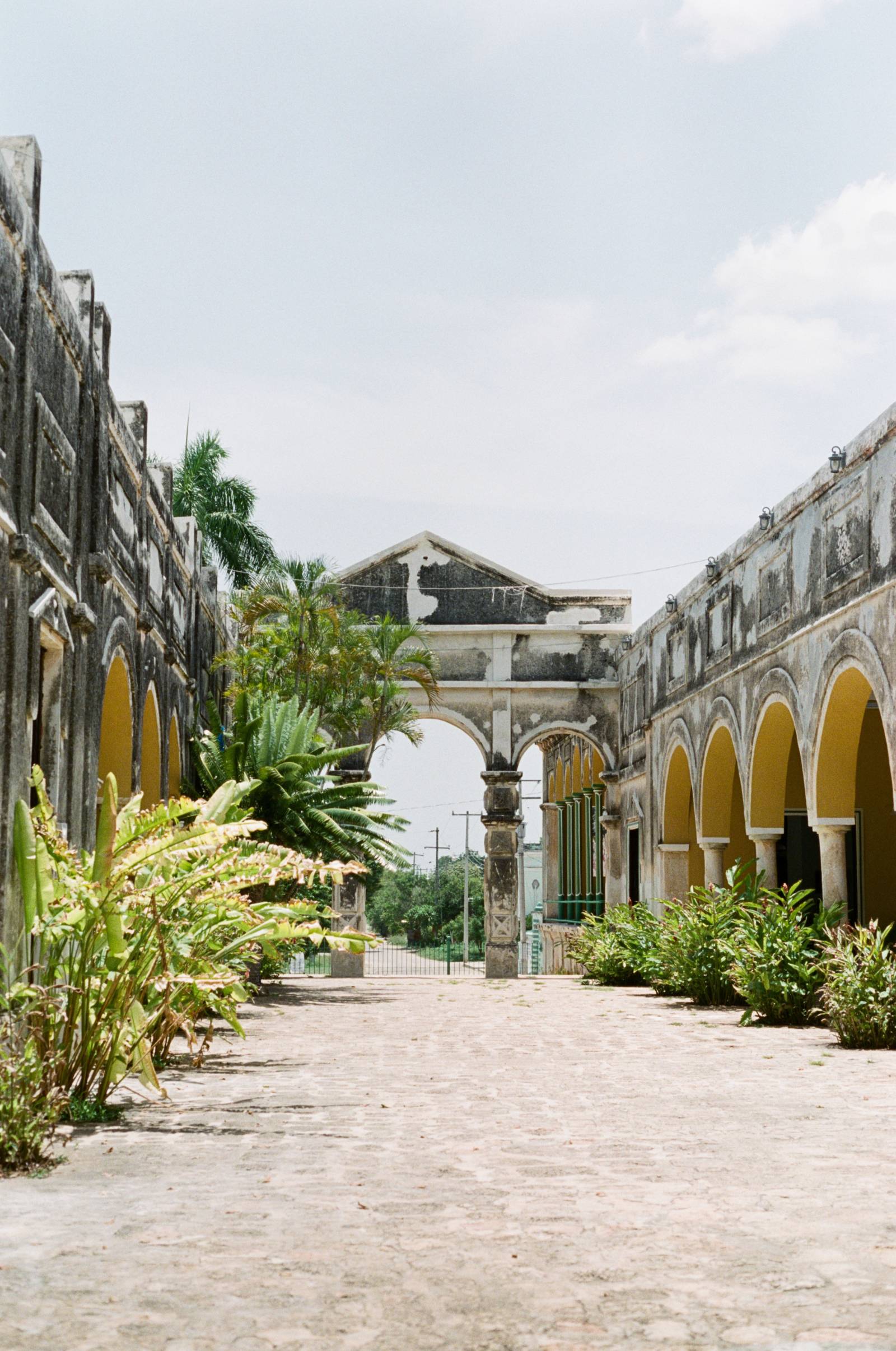
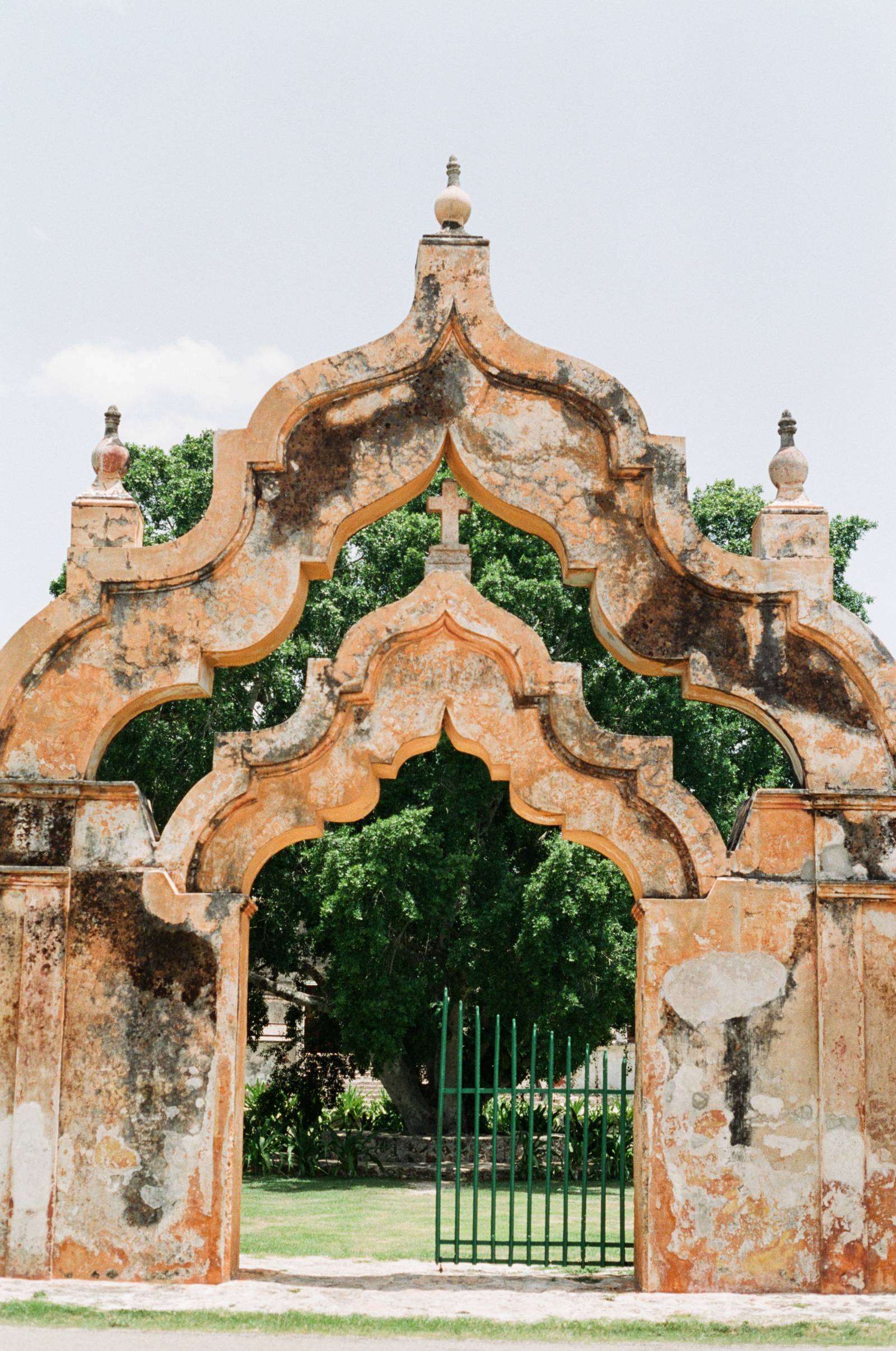



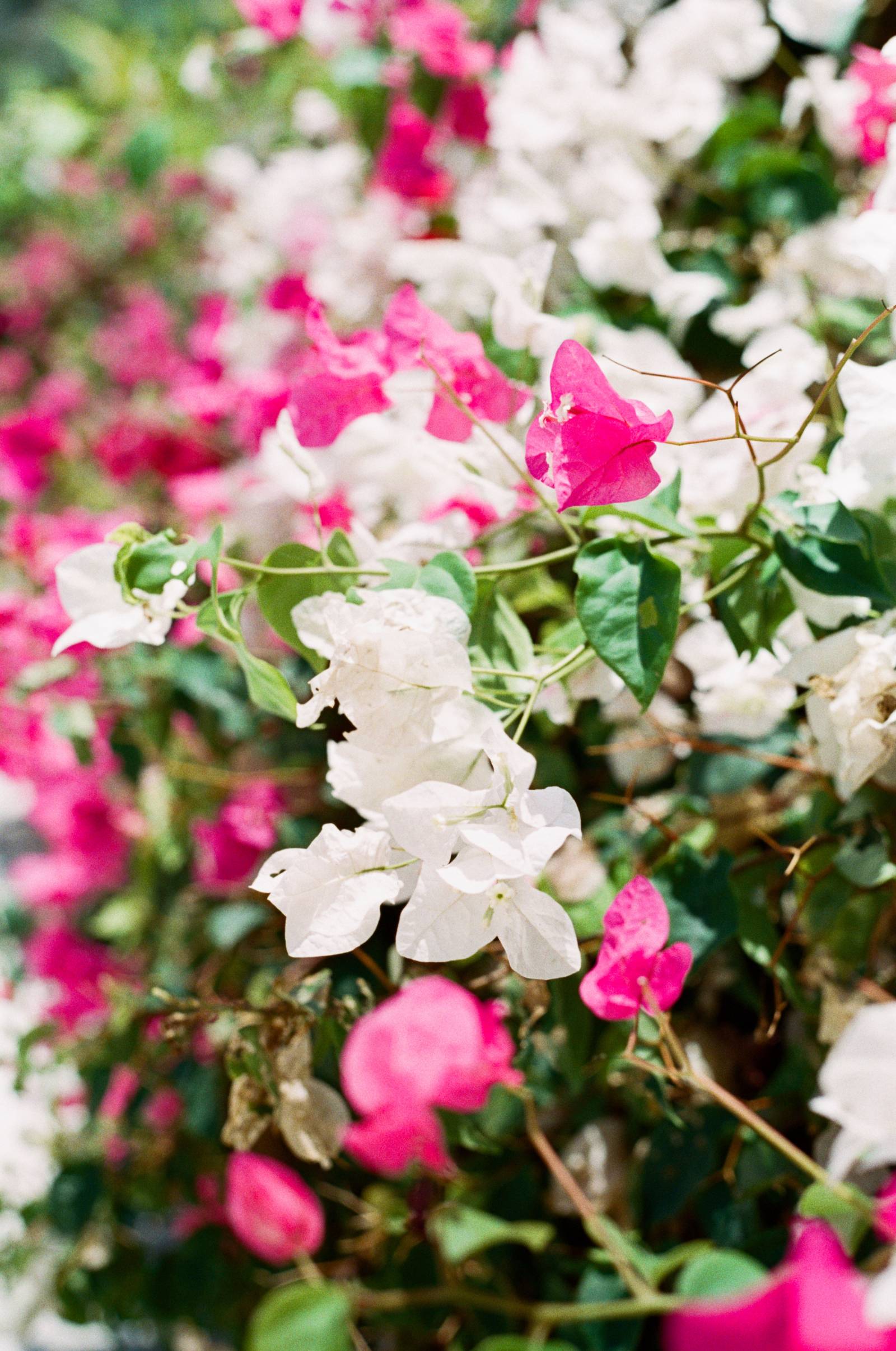
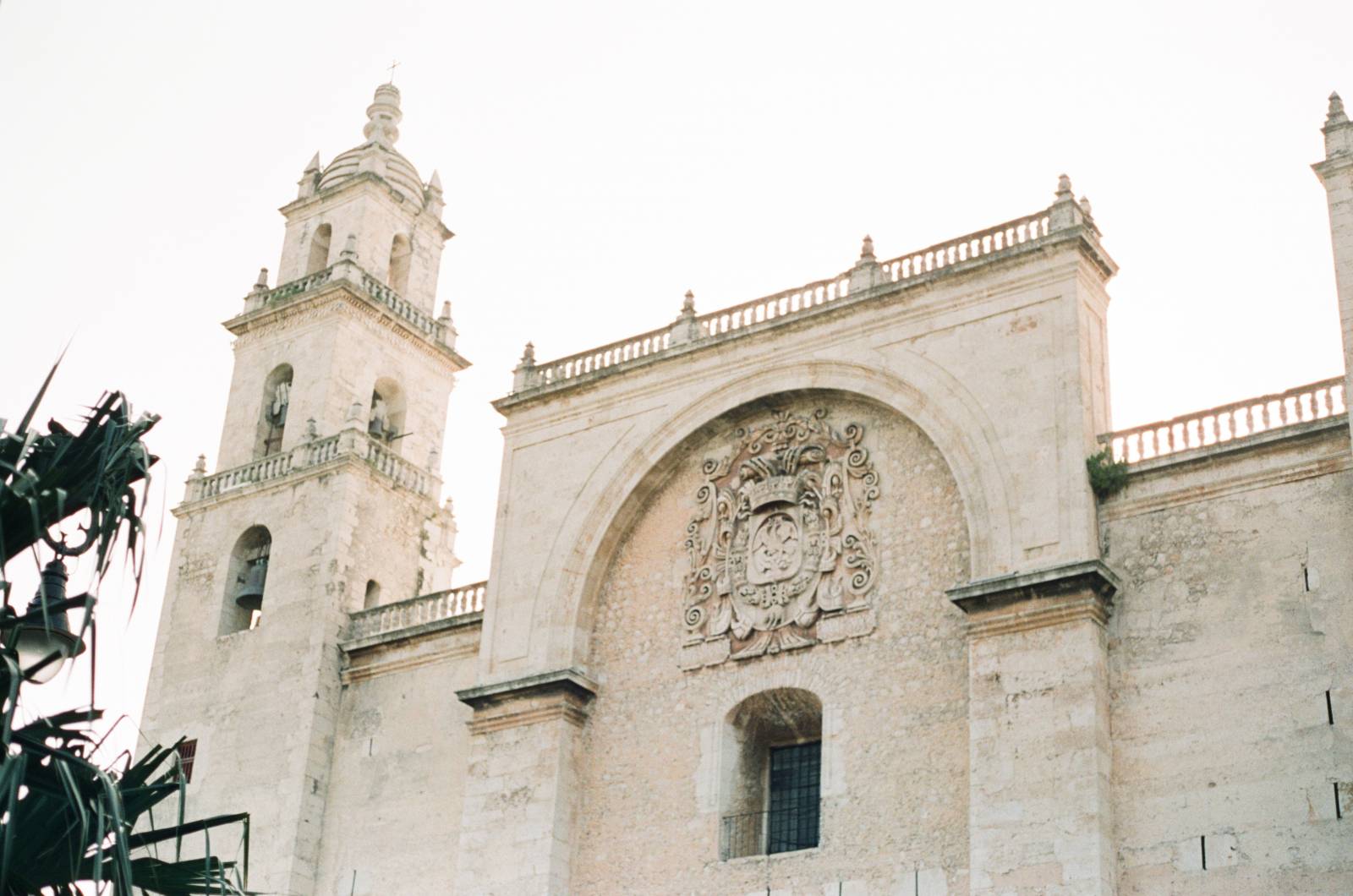
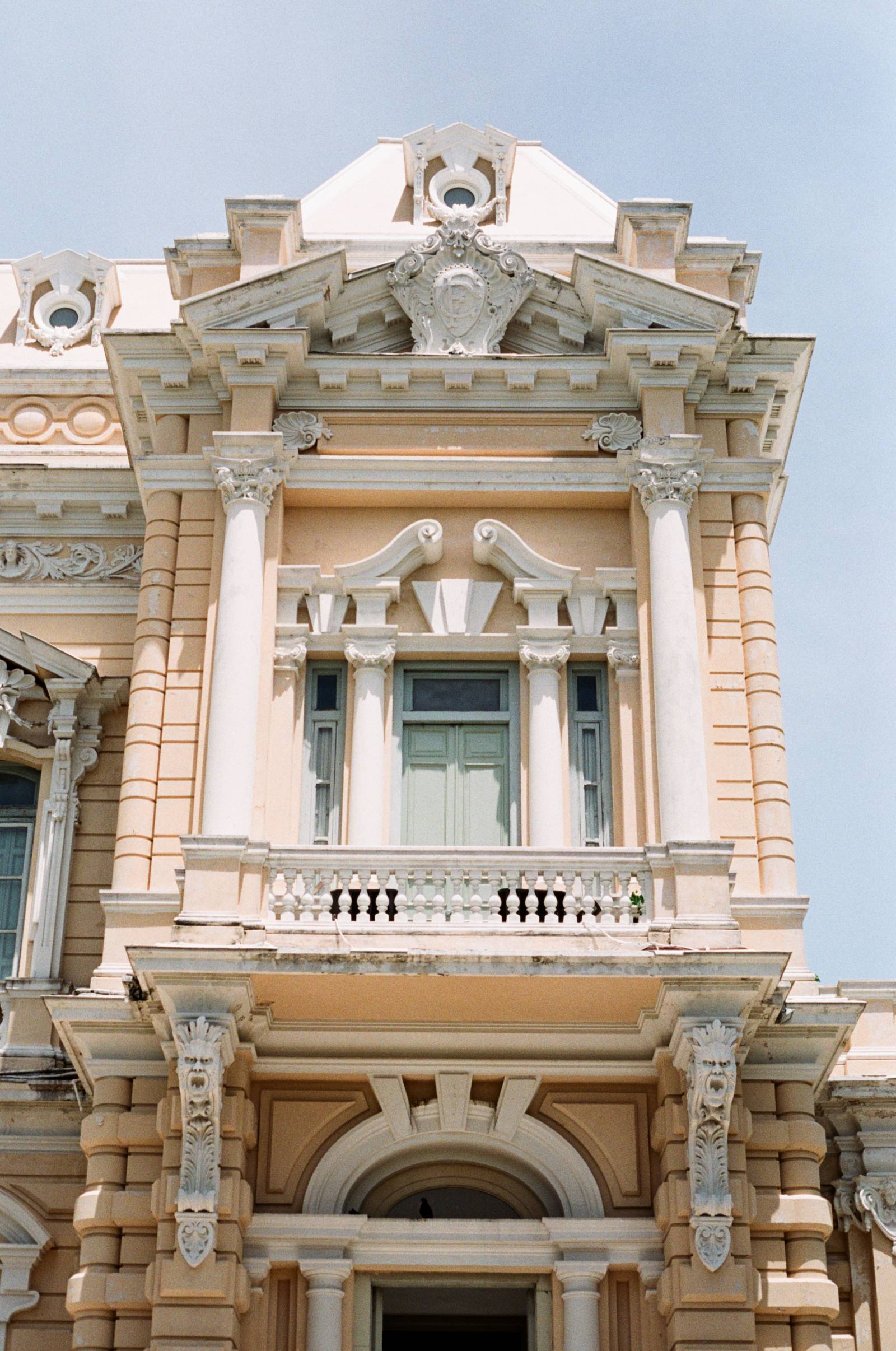
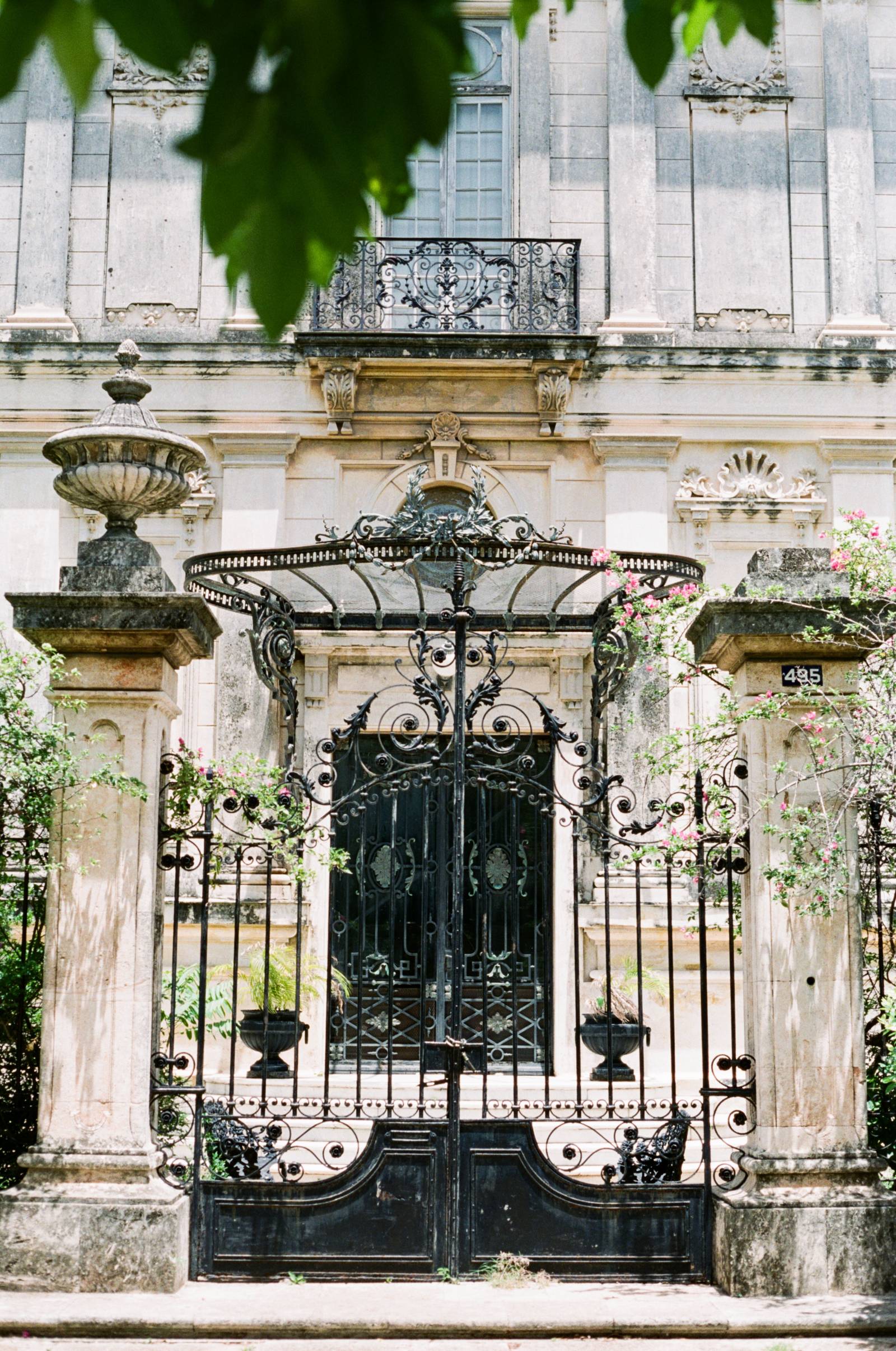
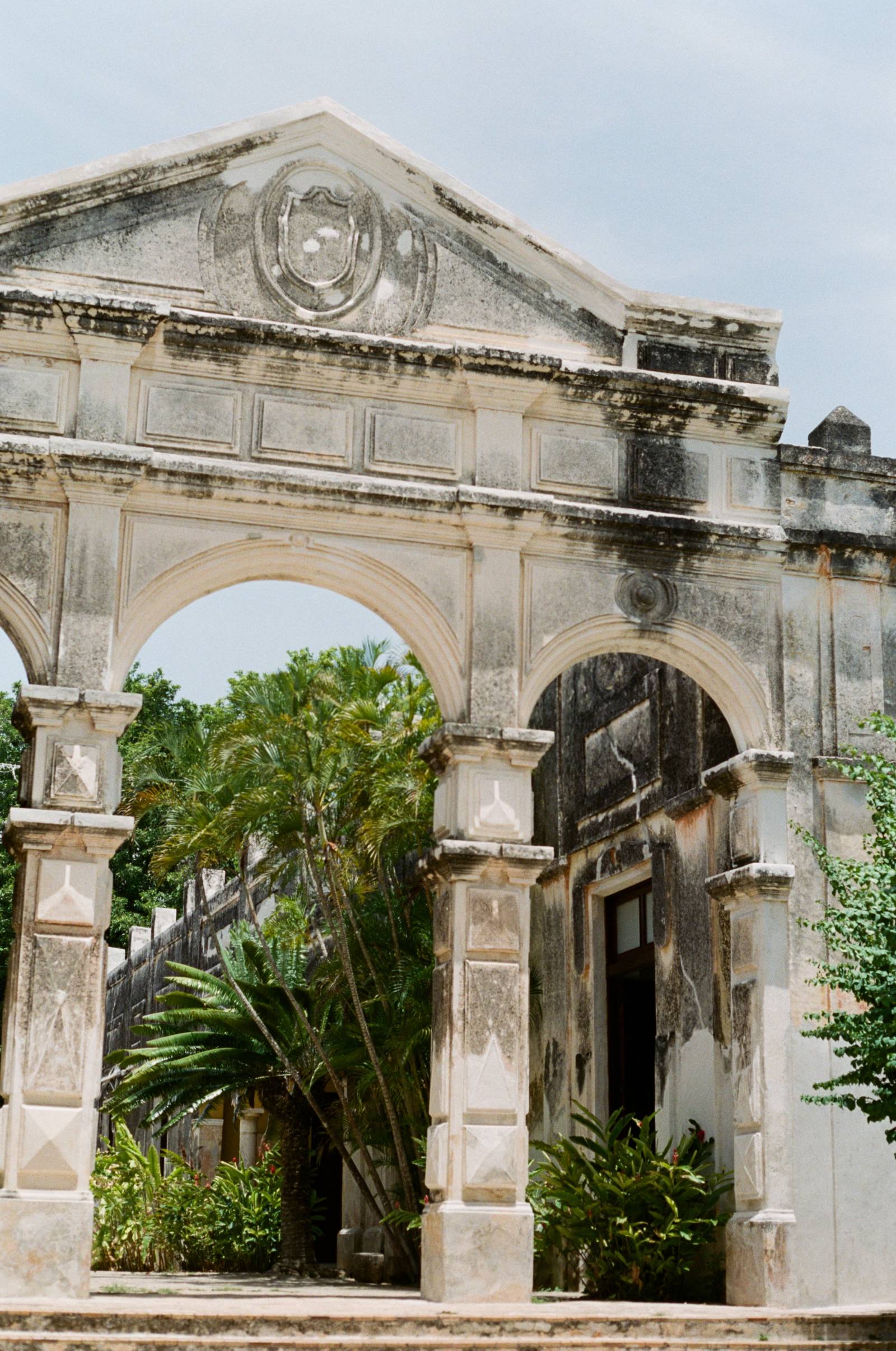
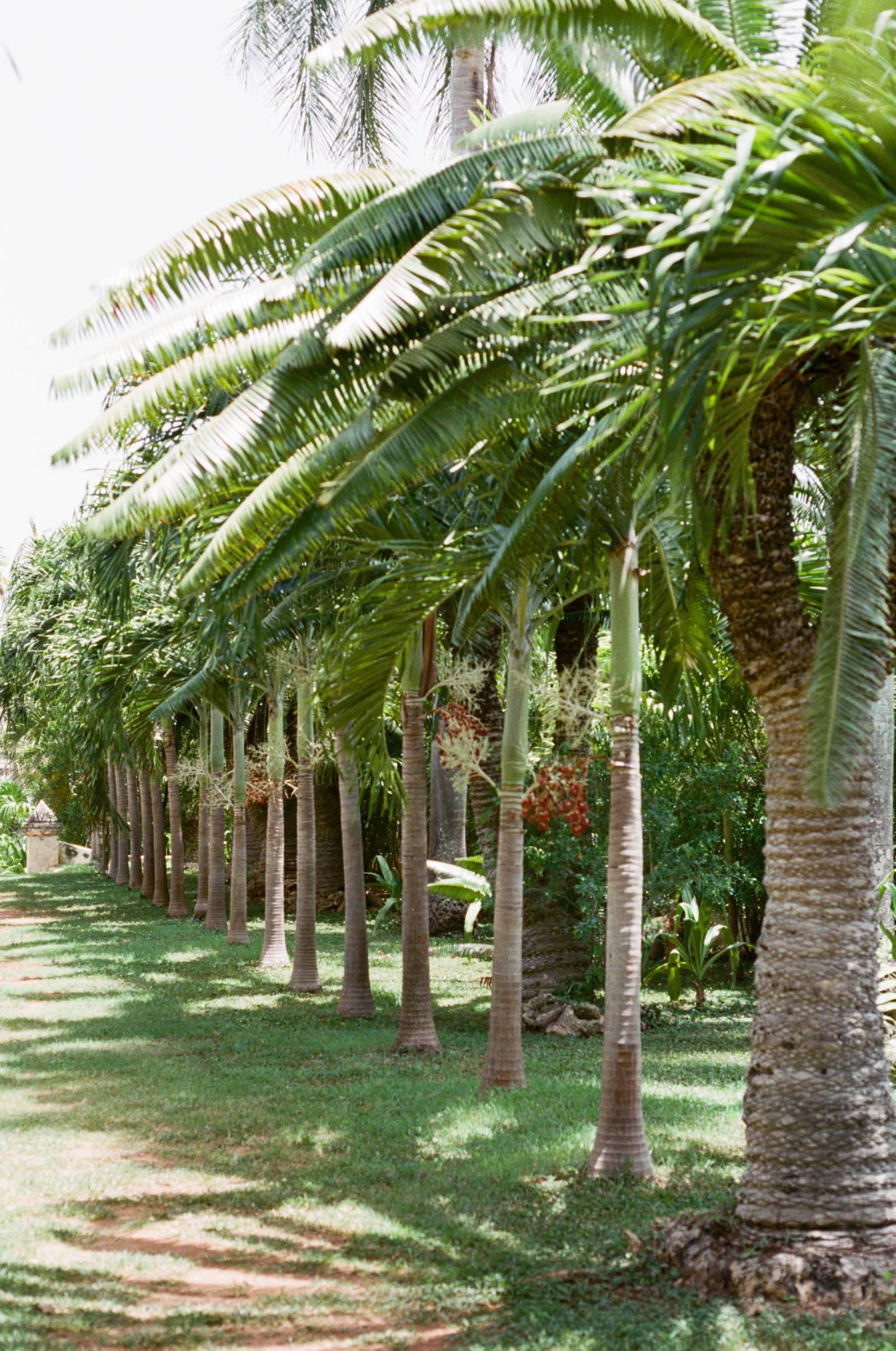
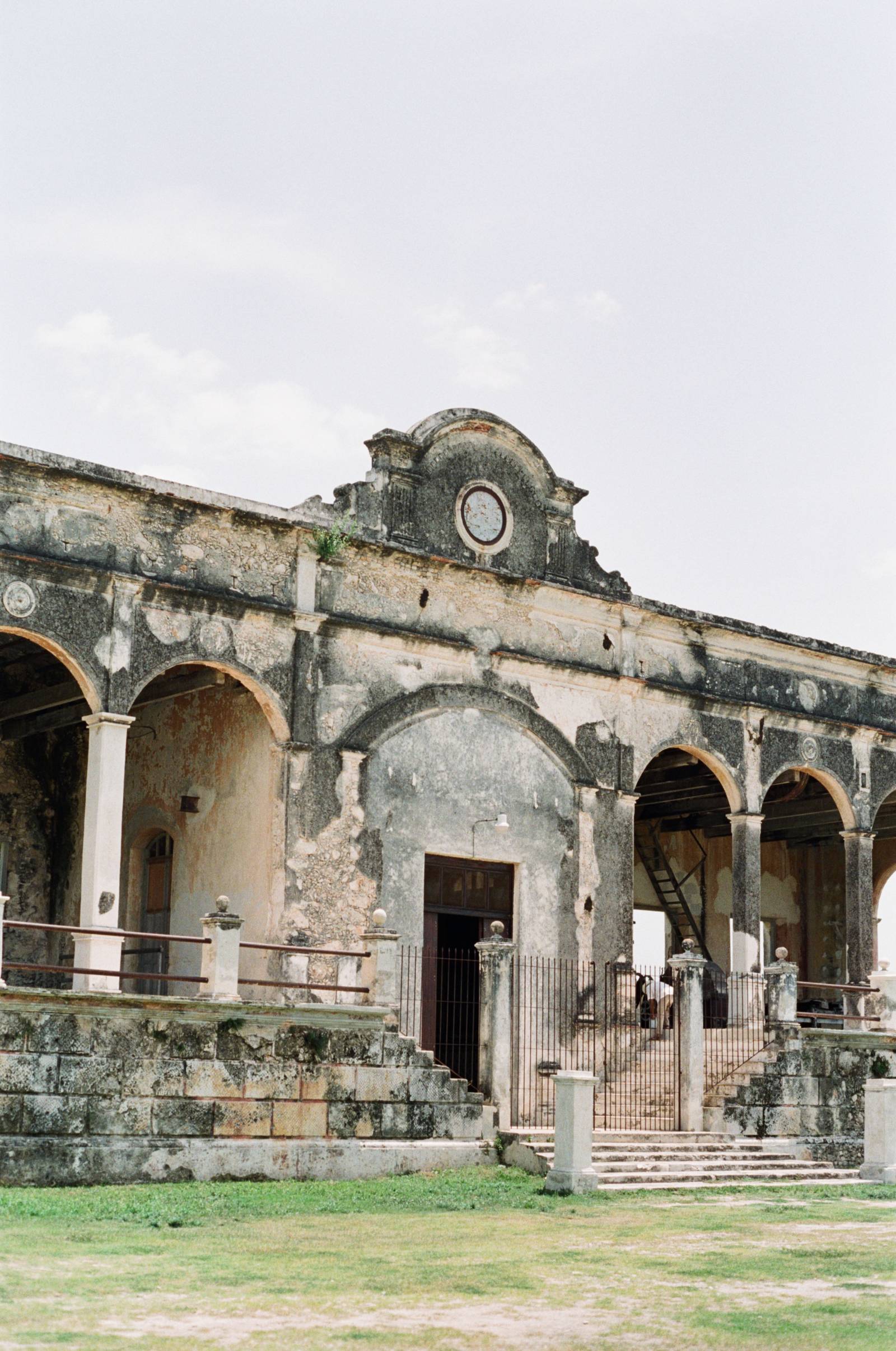



For the next part of the journey, we headed east towards the town Valladolid. On the route we decided to search for another hacienda we heard about in the area. While we didn't end up finding it, we actually stumbled upon Hacienda Sac Chic. The owner of Sac Chic was nice enough to allow us to tour the proper. Both my friend and myself are wedding photographers and we'd heard of Sac Chic mostly within the industry as a unique wedding venue. The historic side of Sac Chic consists of the Casa de Maquinas, three houses retired from the late 19th century that still feature the original stone buildings. It's now renovated into living spaces and guest houses. (pictured are the facades of these buildings). Hacienda Sac Chich is a beautiful property tucked away in a small Yucatan town about an hour outside of Merida.
Another of our stops took us to the ancient town of Izamal. Izamal is known as the yellow city of the Yucatan- all the buildings in the town have been painted yellow. It was an extremity important historical site for the Mayan civilisation. What we visited and most of what we saw were the "modern" day city that was built by the Spanish. Pictured here is the Convento de San Antonio de Padua, built in 1561 at the center of the town.
Finally we arrived in Valladolid! Valladolid is a small town in the centre of the Yucatan that grown in popularity in recent years since being named one of Mexico's "Pueblo Magicos" (Magic Towns). Valladolid is fun and funky colonial city with modern influences of Boheme style, high end cousin and boutique hotels. At the centre of the town sits the beautiful Cathedral de San Servacio (pictured) across from a large plaza- a common feature of all Mexican towns. Also in the centre of town is one of the many cenotes, or sink holes, in the area. Cenote Zaci (pictured) was just short walk from the main square. Stepping down hundreds of steps into the earth you were greeted with fresh, cold spring water. It was perfect for the 100+ degree heat at the time! Other sites around Valladolid (pictured) were the Convent of San Bernardino de Siena, built 1550-1560, other smaller churches, boutique stores and renovated haciendas.
It may seem like quite the journey but this was just a tiny scratch at the surface of what the beautiful Mexican Yucatan state has to offer. Next time you consider a beach vacation in the well known towns of Cancun, Playa del Carmen or Tulum, think about going just a little inland to discover the better kept beauties of Mexico."
RECENT FEATURES
The
Shop
Browse our curated selection of favourite products



